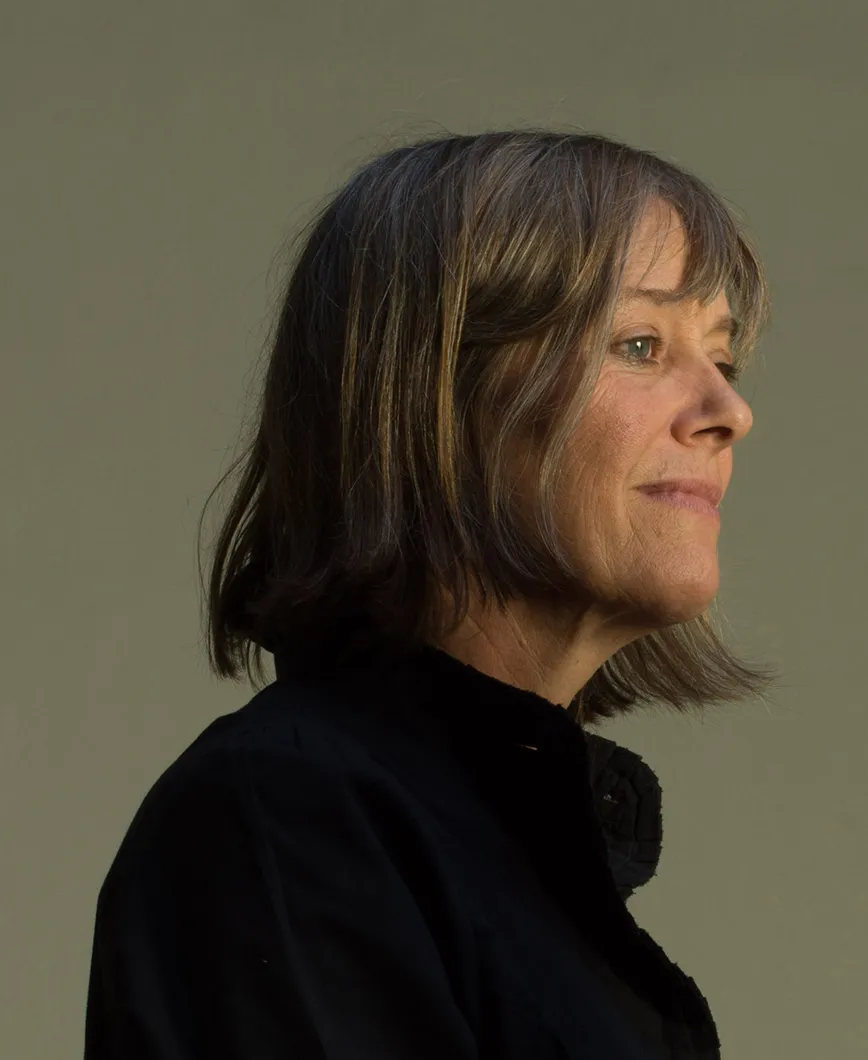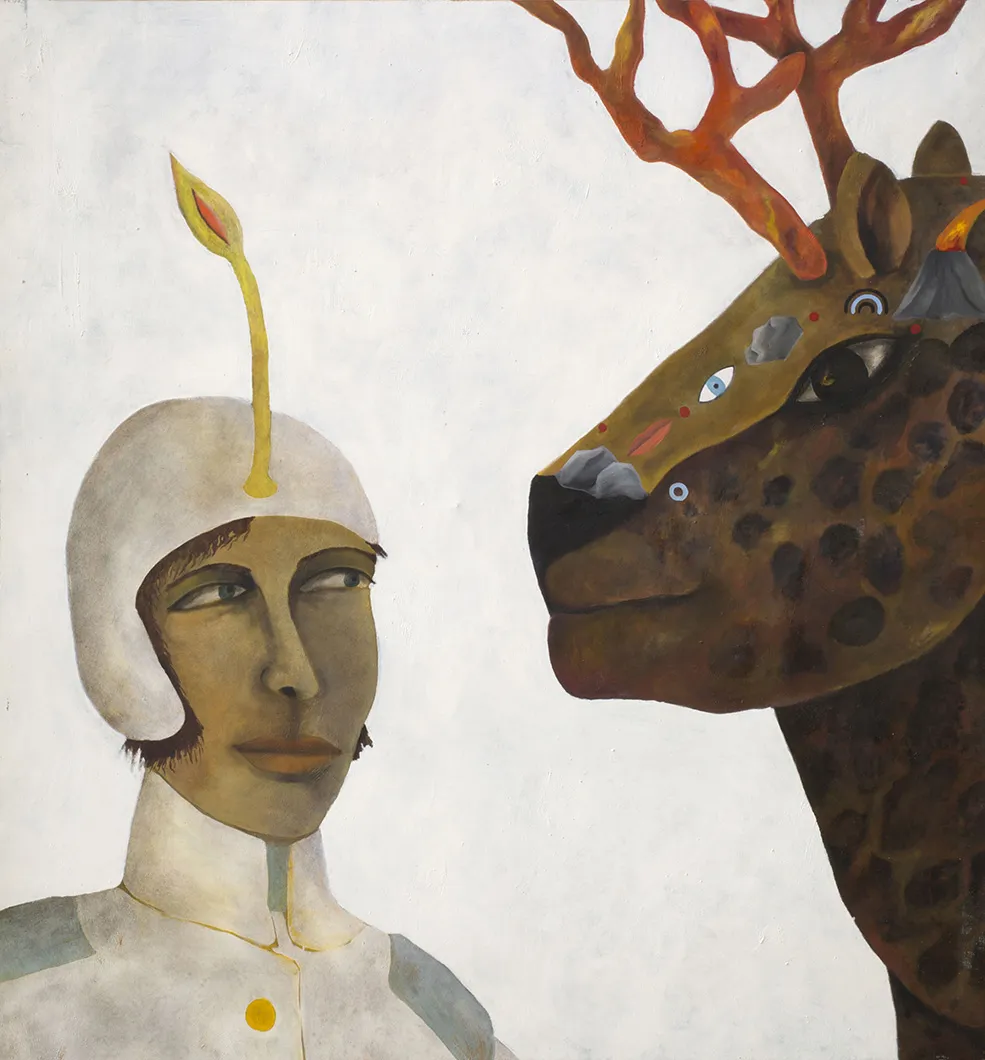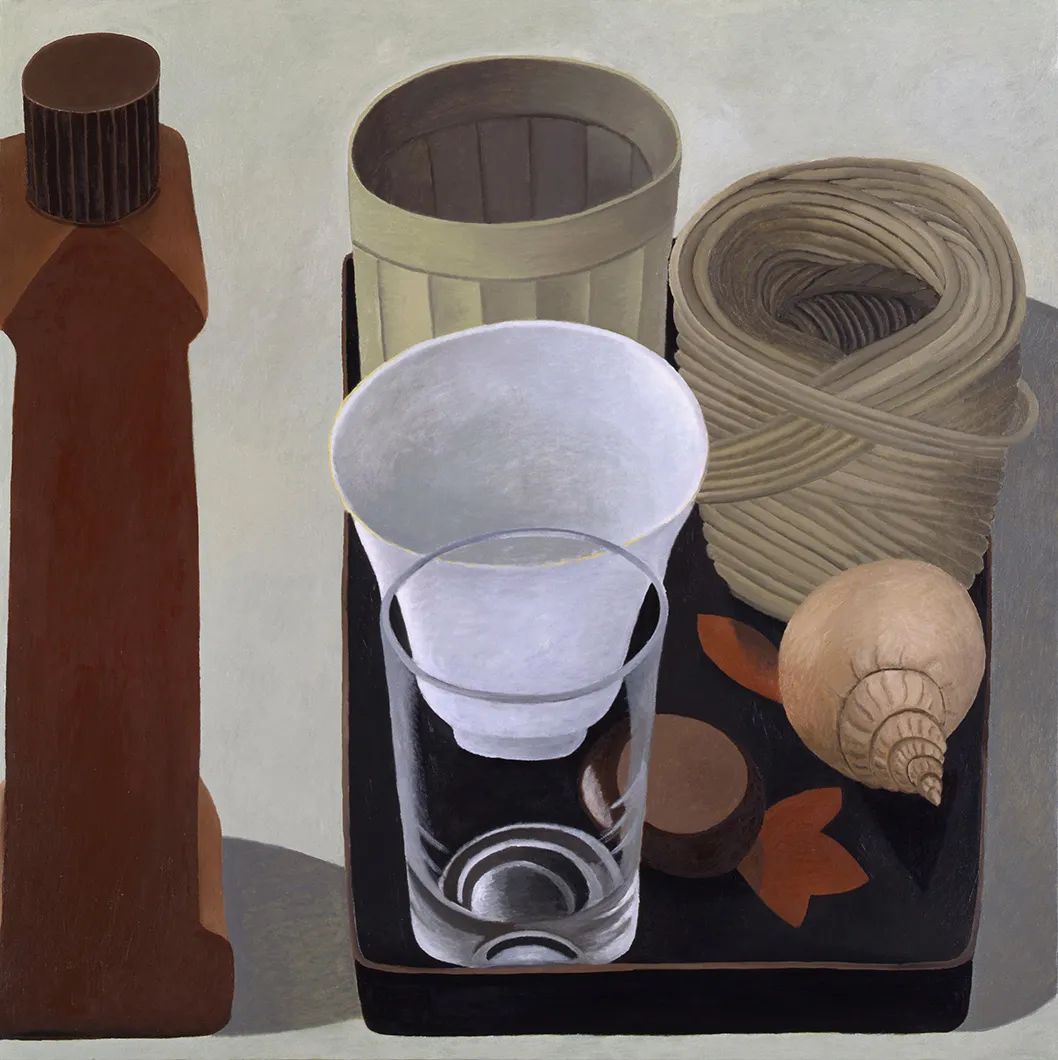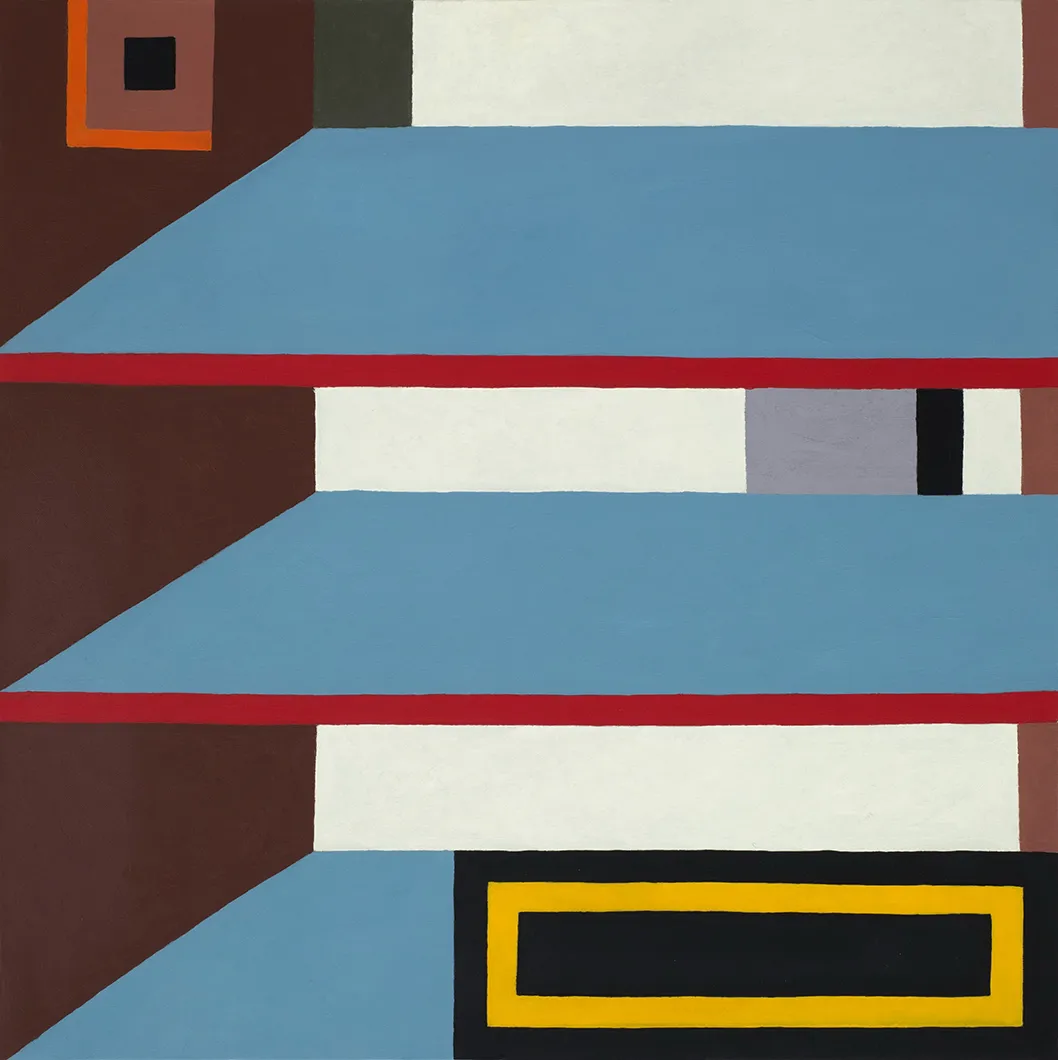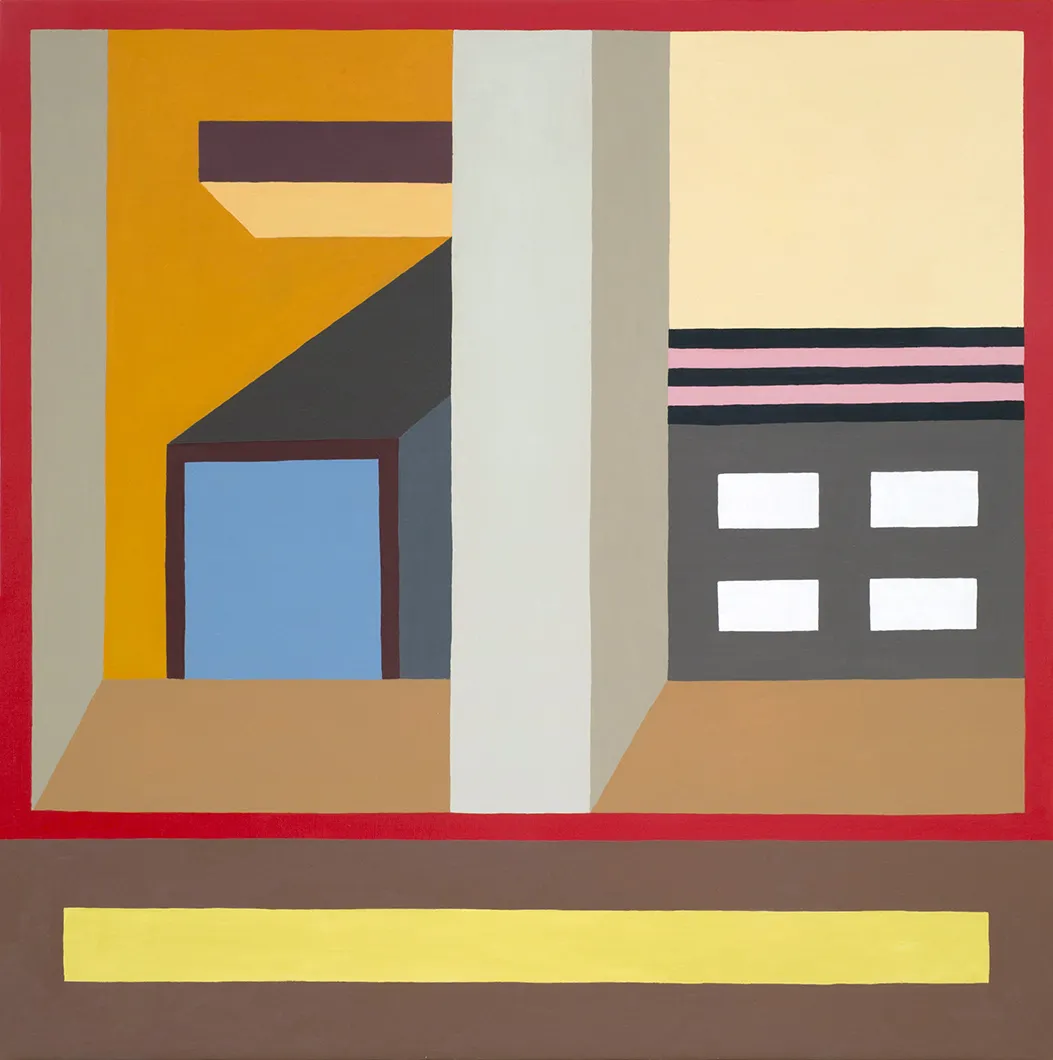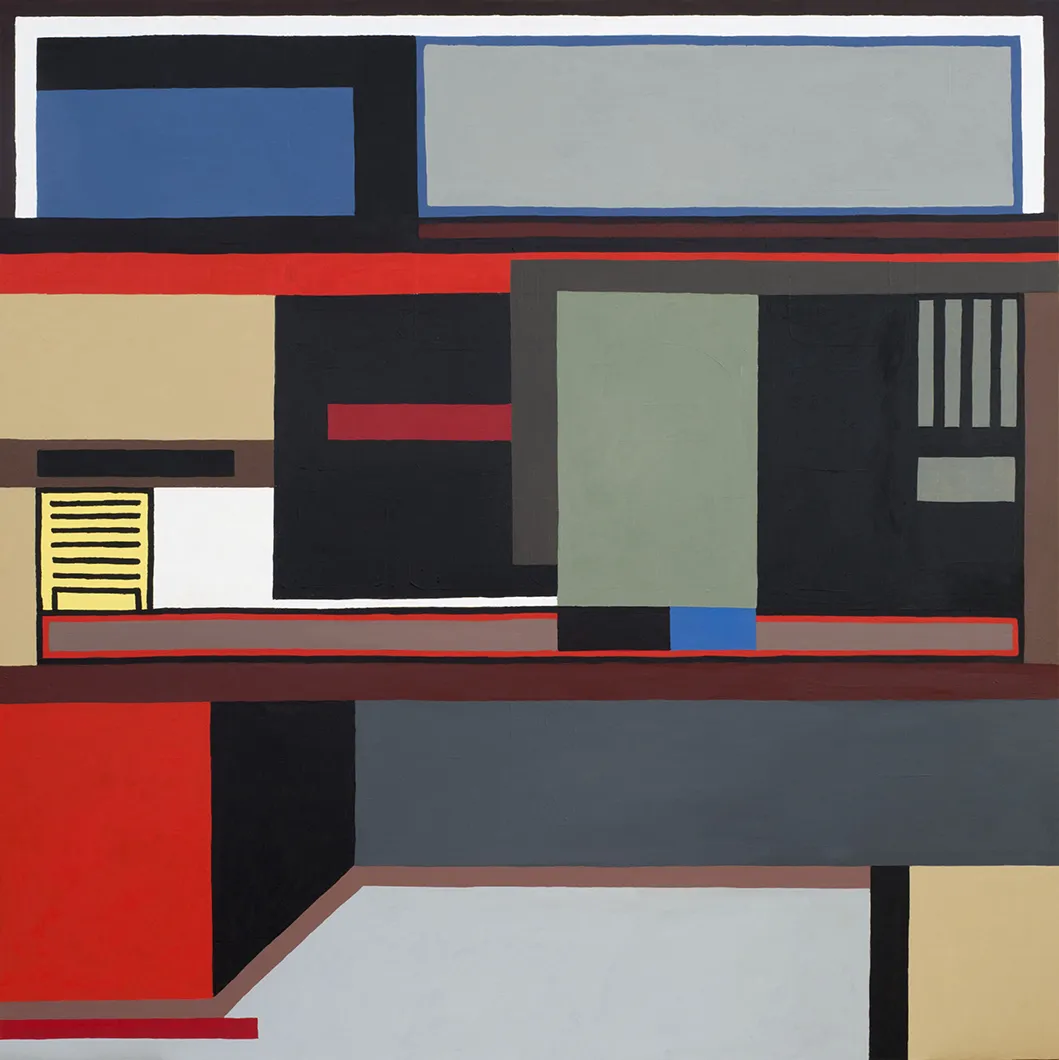In partnership with MiCodmc, a selection of establishments ripe for discovery during the 63rd edition of the Salone del Mobile.Milano, from 8th to 13th April

Nathalie Du Pasquier, Campo di Marte. Exhibition view, Courtesy the artist. Ph. Credits Agnese Bedini and Melania Dalle Grave, DSL Studio.
Judith Du Pasquier’s film about her sister, Nathalie Du Pasquier, screened at the Macro Auditorium
After the Campo di Marte exhibition, an imaginary space where reality is guided by fantasy, as part of its AGORA section, on Thursday, 30 September 2021, the Macro Museum in Rome screened director Judith Du Pasquier’s film, Portrait of my sister as an artist. The film is about her sister, French artist and designer Nathalie Du Pasquier, the youngest member of the Memphis Group, who has been dedicated to painting and design since 1987.
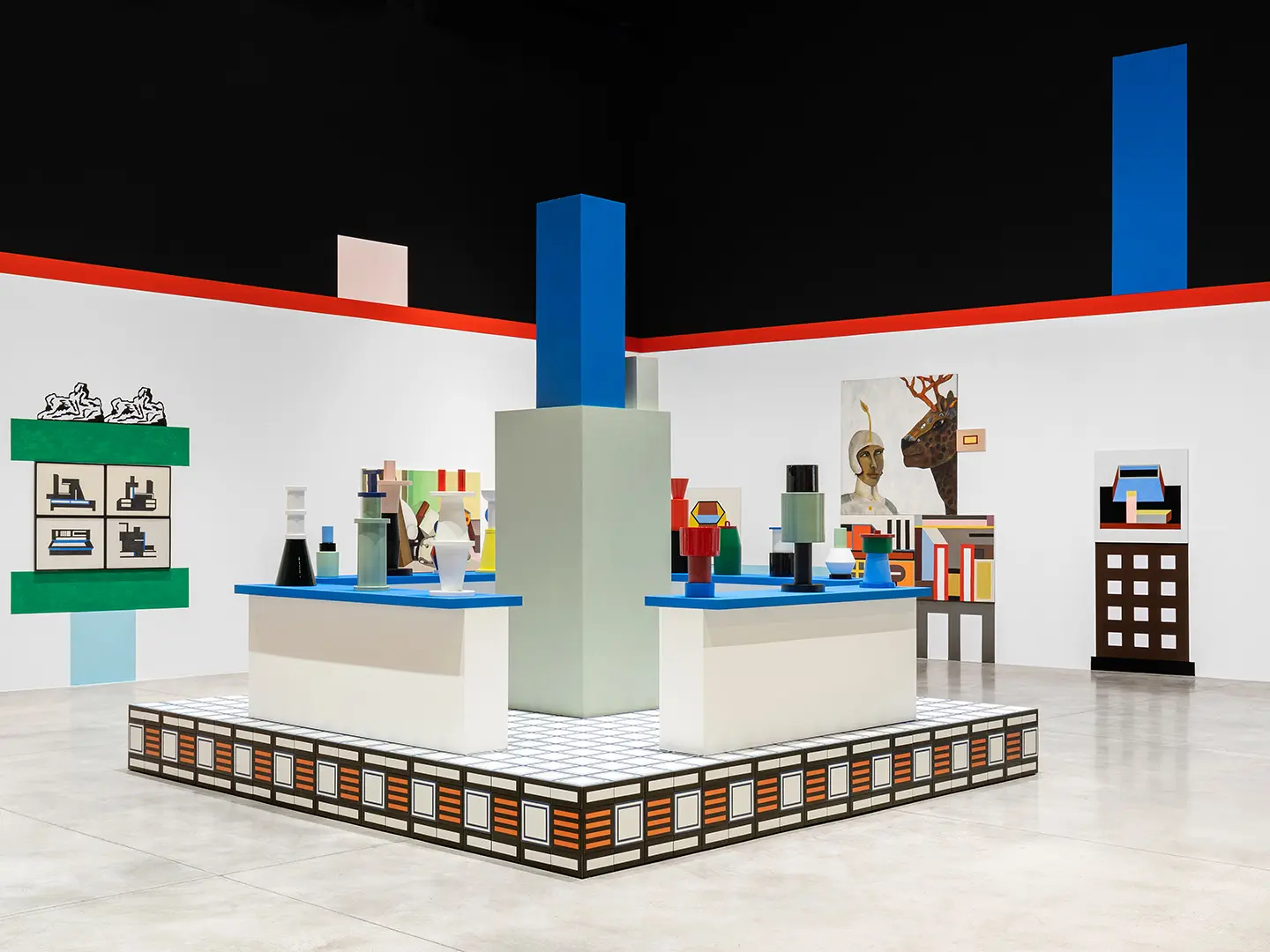
Nathalie Du Pasquier, Campo di Marte. Exhibition view, Courtesy the artist. Ph. Credits Agnese Bedini and Melania Dalle Grave, DSL Studio.
This tender documentary examines Nathalie’s art and her creative process. For the most part, the story is told through images and music; it is also told through silences and contemplative pauses, the works and informal chats between two sisters who have no need to justify the great energy that emanates from the film, nor the extraordinary evolution of this accomplished artist’s work.
Through her intimate, familiar gaze, Judith “paints” an unusual and evocative portrait of her sister, whom she defines as a child playing with colours and constructions, an artist who transforms everything she touches into a source of visual joy, and a relentless woman who never stops.

Nathalie Du Pasquier, Campo di Marte. Exhibition view, Courtesy the artist. Ph. Credits Agnese Bedini and Melania Dalle Grave, DSL Studio.
Judith filmed her enigmatic older sister for twelve years, covering a selection of the artworks she created between 2009 and 2020, from “Still life”, in the film’s opening chapter, in which Nathalie modifies objects to create new ones she defines as “still lifes”, to the concept of abstraction, for the artist linked to her own “inner confusion”; from the “Cabins” she designed for exhibitions in New York and elsewhere to her “Booklets, bricks, tiles” that become raw materials, objects and vital tools for the artist’s creations.
Nathalie Du Pasquier combines different things to tell other stories, as we see in her work “Spaces between things” in chapter 5, titled “Combinations”, and in the shelves filled like the pages of a book. For the artist, it’s not so much about painting as breathing life into her ideas.
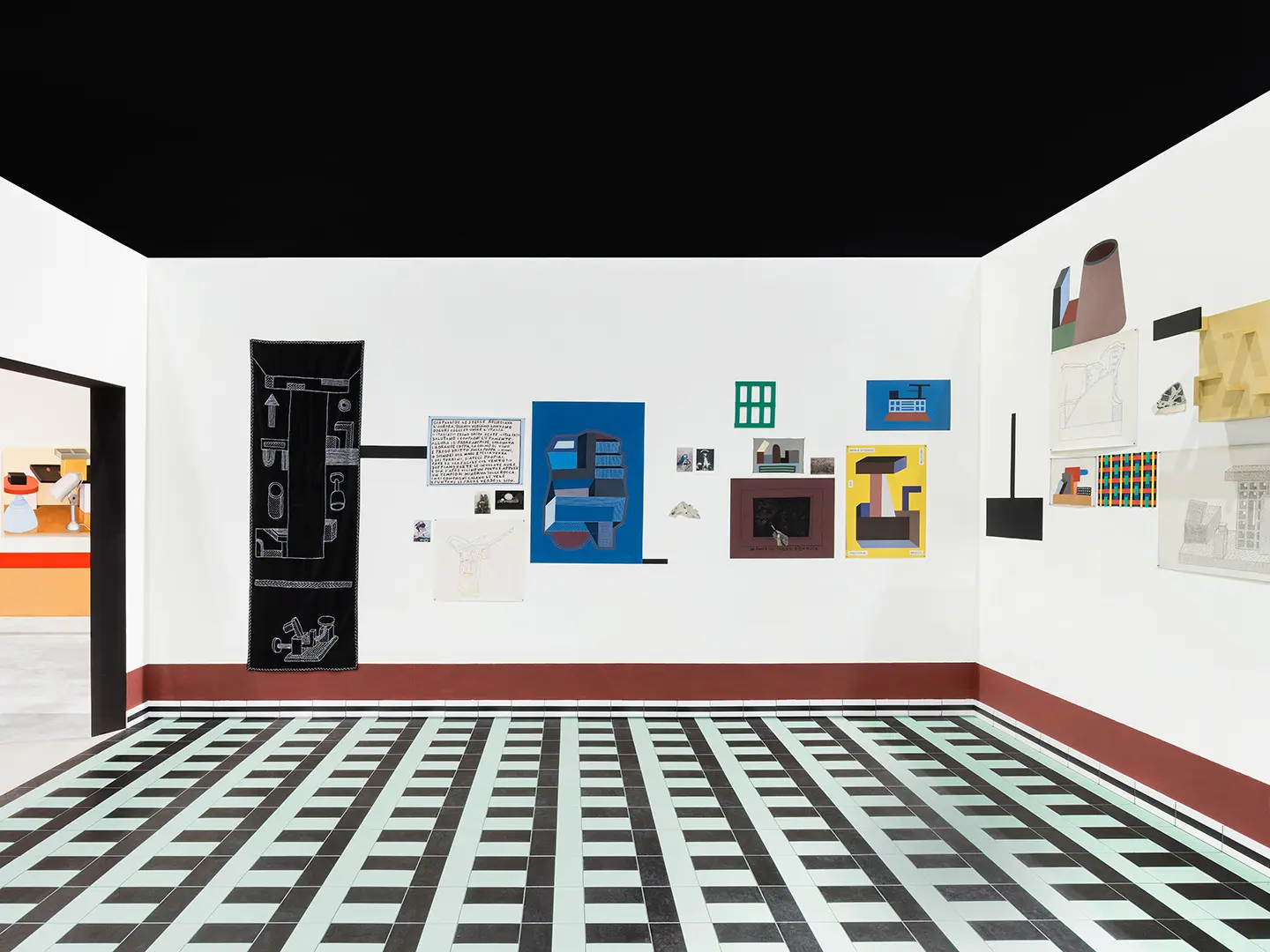
Nathalie Du Pasquier, Campo di Marte. Exhibition view, Courtesy the artist. Ph. Credits Agnese Bedini and Melania Dalle Grave, DSL Studio.
Director Judith Du Pasquier explains: “For Nathalie, the only questions are of form. Not meaning or speech, just form. For the observer, it is an experience of perception alone, of pure pleasure beyond words, one that requires no explanation. For thirty years, everything she’s done has become a raw material, a ‘thing’ to be recombined, to be rearranged along with other things. She creates increasingly broad relationships between elements: after relationships between objects within the painting, the game she is playing out now is between works, and with the exhibition space. She transforms the exhibition venue into a series of rooms all her own, installations with bright, clear, elegant, strong, cheerful colours, in a powerful poem that exudes a sense of freedom.”
Judith Du Pasquier explains that she undertook this long-term, meticulous work with patience and accuracy: “I’m used to filming artists. I love filming painters in particular. I’ve filmed a lot of them, but Nathalie is very mysterious to me: I’d say the most mysterious of all. Perhaps that’s because she’s my sister; perhaps it’s because I’ve watched her painting since I was a teenager. The most interesting thing about making this film was to watch as her works change and evolve in such an obvious way, one that has become so important. It was an incredible opportunity to film my sister, an immense pleasure for me to be able to convey all my admiration for her. There’s a certain tenderness in the film you can feel, one that, in a very subtle way, issues out of our relationship. I believe I know Nathalie very well, because I’ve spent so many hours in studios with her over the years. It was of great help to me in making the film. Sometimes it felt very strange, because I would go over to shoot and it didn’t feel like I was making a movie at all. Usually, shooting a film is a ‘solemn’, highly-focused thing. I was certainly attentive, but it all felt so familiar that it became straightforward… Except for the editing stage, which turned out to be the hardest part: that took me months and months.”


 Stories
Stories
